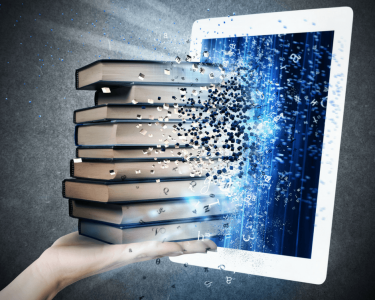Introduction:
Literature has the power to transport us to different worlds, introduce us to new ideas, and evoke a wide range of emotions. At the heart of every great story are unforgettable characters who captivate our imaginations and make the narrative come alive. These characters, whether heroes or villains, are the driving force behind the stories we love. In this article, we will explore the magic of unforgettable characters and the impact they have on literature.
1. The Power of Characterization:
Characterization is the art of creating and developing characters in a story. It involves giving them depth, complexity, and unique traits that make them relatable and memorable. Skilled authors use various techniques to bring their characters to life, such as vivid descriptions, dialogue, and character arcs.
2. Heroes and Heroines:
Heroes and heroines are the protagonists who embark on epic journeys, overcome obstacles, and inspire us with their courage and resilience. From the valiant Frodo Baggins in J.R.R. Tolkien’s “The Lord of the Rings” to the determined Katniss Everdeen in Suzanne Collins’ “The Hunger Games,” these characters embody the best of humanity and ignite our sense of adventure.
3. Villains and Antagonists:
No story is complete without a compelling villain or antagonist. These characters challenge the heroes, create conflict, and add depth to the narrative. Whether it’s the enigmatic and sinister Professor Moriarty in Arthur Conan Doyle’s “Sherlock Holmes” series or the complex and tormented Severus Snape in J.K. Rowling’s “Harry Potter” series, villains and antagonists bring tension and intrigue to the story.
4. Supporting Characters:
While heroes and villains often steal the spotlight, supporting characters play a crucial role in shaping the narrative. They provide comic relief, offer guidance, or serve as foils to the main characters. Think of the loyal and wise Samwise Gamgee in “The Lord of the Rings” or the mischievous and loyal Ron Weasley in the “Harry Potter” series. These characters add depth and complexity to the story, making it more engaging and realistic.
5. Dynamic and Static Characters:
Characters can be classified as dynamic or static. Dynamic characters undergo significant changes throughout the story, evolving and growing as a result of their experiences. On the other hand, static characters remain unchanged, providing stability and contrast to the narrative. The transformation of Ebenezer Scrooge in Charles Dickens’ “A Christmas Carol” from a bitter miser to a compassionate man is a prime example of a dynamic character.
6. Unforgettable Characters in Classic Literature:
Classic literature is filled with unforgettable characters that have stood the test of time. From the enigmatic Jay Gatsby in F. Scott Fitzgerald’s “The Great Gatsby” to the passionate and headstrong Elizabeth Bennet in Jane Austen’s “Pride and Prejudice,” these characters continue to resonate with readers across generations.
Conclusion:
Unforgettable characters are the lifeblood of literature. They have the power to inspire, challenge, and move us in profound ways. Whether they are heroes, villains, or supporting characters, their presence enriches the stories we love and makes literature come alive. So, the next time you dive into a book, take a moment to appreciate the characters who breathe life into the pages and make the story truly unforgettable.




